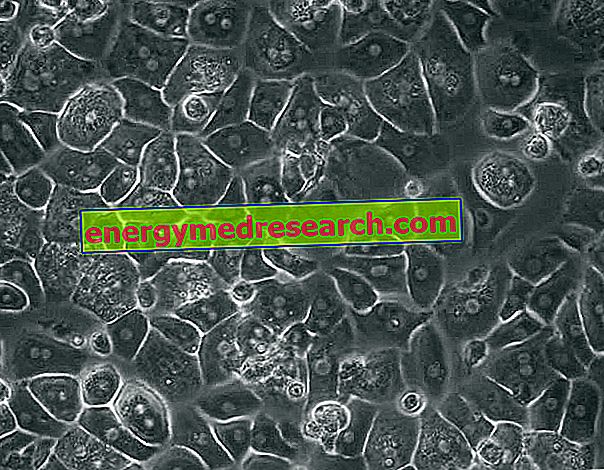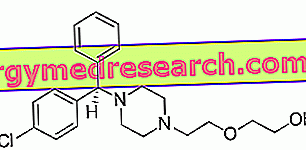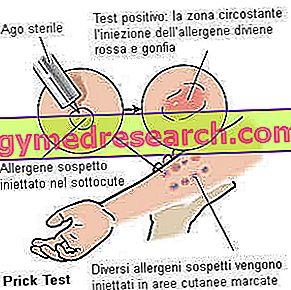Hepatocytes are the characteristic cells of the liver, to the point that they constitute 80% of the liver volume and 60% of all the cells of the organ. In addition to composing the main mass of the liver, hepatocytes also represent the most active and functional part of the organ, as evidenced by their histological characteristics.

Examining a hepatocyte with an electronic microscope, we can in fact note the following characteristics:
- polyhedral shape, with 5-12 surfaces and 20-30 µm in diameter;
- spherical, eucromatic and often tetraploid, polyploid or multiple nucleus (two or more nuclei, up to four per cell);
- presence of an abundant endoplasmic reticulum, both wrinkled and smooth;
- abundance of mitochondria, lysosomes and Golgi apparatus;
- glycogen granules and lipid vacuoles often well evident, present in a variable number and size depending on the nutritional status and the digestion phase;
- numerous and large peroxisomes;
- abundance of vacuoles containing enzymes, such as urease in crystalline form;
- presence of vacuoles containing ferritin and hemosiderin crystals.
The faces of the hepatocytes are in close contact with one another and, on the one hand (on one side) they delimit the bile capillaries, on the other they point towards the sinusoidal walls:
- the plasma membrane facing the hepatic sinusoids (blood vessels) has numerous irregularly shaped microvilli, which amplify the possibilities of metabolic exchange between blood and hepatocytes; there are also small pinocytosis vesicles;
- in the plasma membranes of adjacent hepatocytes microscopic channels where the bile flows (biliary canaliculi) are formed by joining adjacent shower-like curves. In fact, near the lumen of these canaliculi the hepatocyte vesicles collecting the various components of the bile are collected. Together these canaliculi give rise to the biliary tree.
- In the other sites, the various hepatocytes are connected by numerous junction complexes (gap junctions and desmosomes); The hepatic cells are joined by these tight junctions to prevent the bile from infiltrating between the intercellular spaces, remaining well confined in the canalicular system (bile is toxic to hepatocytes).
Naturally, the richness of organelles that characterizes the hepatocyte is an indication of the enormous variety of biosynthetic and degradative activities performed by the organ. From the point of view of liver physiology, hepatocytes play a central role in:
- glucose, lipid and protein metabolism
- bilirubin metabolism and bile production
- detoxification metabolism of endogenous compounds (bilirubin, hormones) and exogenous (drugs)
and in:
- plasma protein synthesis (transport)
- synthesis of all coagulation factors (except VIII-vWF) dependent K (2nd, 7th, 9th, 10th)
- glycogen storage, vit. B12, vit. A, D, E, K



